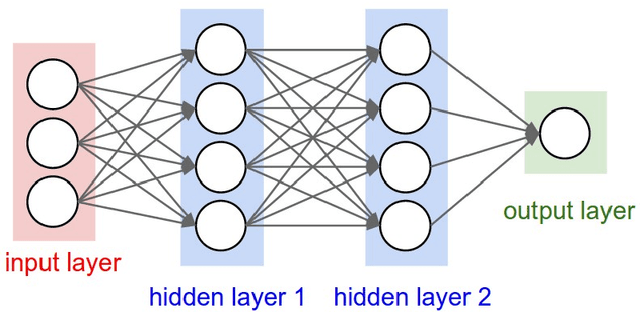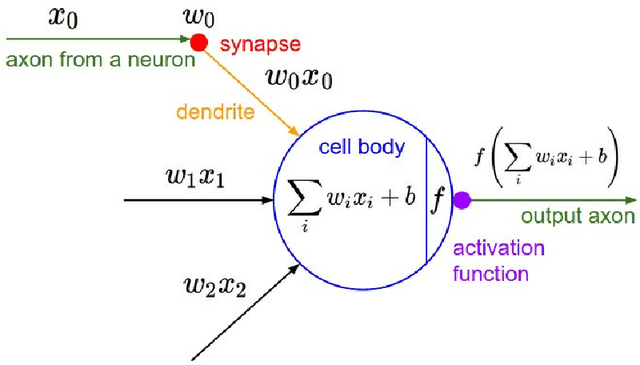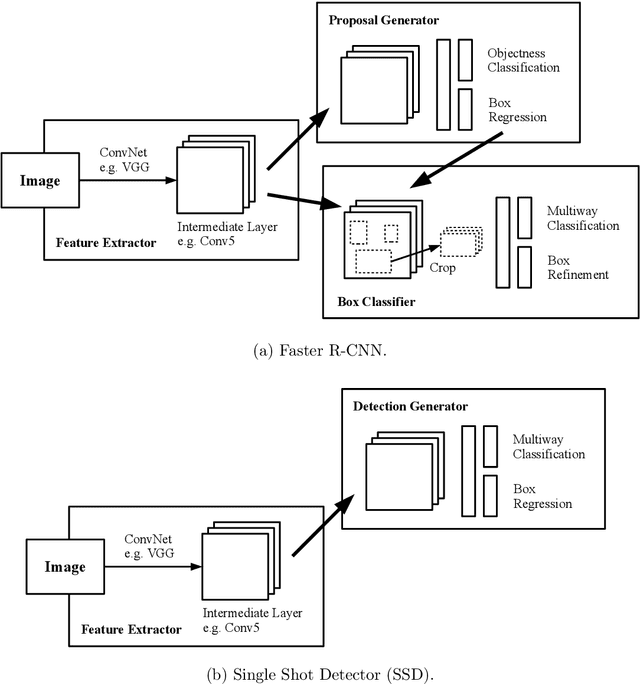Christoph Steup
Faculty of Computer Science, Otto-von-Guericke-University Magdeburg, Germany
The Road to Learning Explainable Inverse Kinematic Models: Graph Neural Networks as Inductive Bias for Symbolic Regression
Jan 23, 2025Abstract:This paper shows how a Graph Neural Network (GNN) can be used to learn an Inverse Kinematics (IK) based on an automatically generated dataset. The generated Inverse Kinematics is generalized to a family of manipulators with the same Degree of Freedom (DOF), but varying link length configurations. The results indicate a position error of less than 1.0 cm for 3 DOF and 4.5 cm for 5 DOF, and orientation error of 2$^\circ$ for 3 DOF and 8.2$^\circ$ for 6 DOF, which allows the deployment to certain real world-problems. However, out-of-domain errors and lack of extrapolation can be observed in the resulting GNN. An extensive analysis of these errors indicates potential for enhancement in the future. Consequently, the generated GNNs are tailored to be used in future work as an inductive bias to generate analytical equations through symbolic regression.
A Robot Localization Framework Using CNNs for Object Detection and Pose Estimation
Oct 03, 2018



Abstract:External localization is an essential part for the indoor operation of small or cost-efficient robots, as they are used, for example, in swarm robotics. We introduce a two-stage localization and instance identification framework for arbitrary robots based on convolutional neural networks. Object detection is performed on an external camera image of the operation zone providing robot bounding boxes for an identification and orientation estimation convolutional neural network. Additionally, we propose a process to generate the necessary training data. The framework was evaluated with 3 different robot types and various identification patterns. We have analyzed the main framework hyperparameters providing recommendations for the framework operation settings. We achieved up to 98% mAP@IOU0.5 and only 1.6{\deg} orientation error, running with a frame rate of 50 Hz on a GPU.
 Add to Chrome
Add to Chrome Add to Firefox
Add to Firefox Add to Edge
Add to Edge